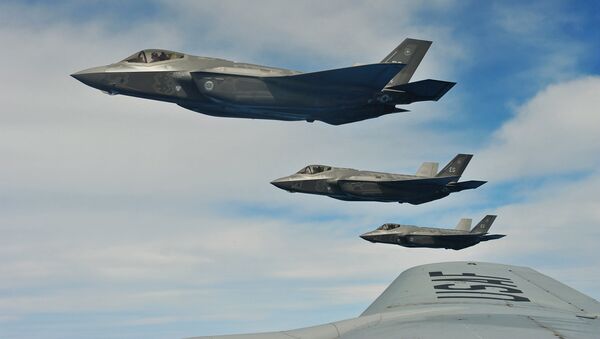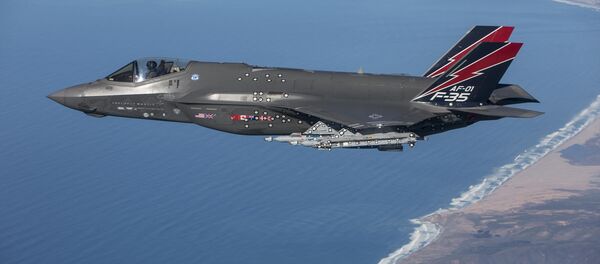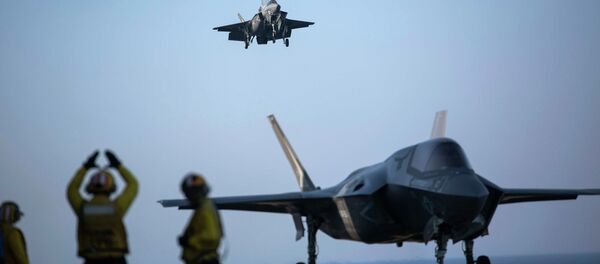The Air Force currently has 15 F-35s, all of which are stationed at Hill Air Force Base in Utah. In the as-yet-unapproved 2017 Pentagon budget, the USAF requested 43 of the fifth-generation fighters. While it’s unclear if this will be approved, that number may still be too low to satisfy military officials.
"The discussion often goes to how many we’re going to buy," said Gen. Herbert "Hawk" Carlisle, head of Air Combat Command, according to Defense One. "My problem is buy rate. I need more, faster to replace aging aircraft."
The USAF hopes that the new aircraft can replace its crumbling fleet of F-16s. F-35s, however, aren’t cheap. After costing roughly $1 trillion to develop the error-prone aircraft, each one costs an additional $100 million.
"I would like to see the number go up to at least 60 [F-35 per year] if I can," Carlisle said. "Eighty would be optimum, but given the fiscal constraints that we’re in today, 80 would be very, very hard to get to."
Eighty fighters adds up to up to $8 billion each year.
But Carlisle argues that increasing the F-35 buy rate will also lower the price.
"If you buy more, it drives the cost down," he said. Ideally, the Air Force could be spending only $85 million per plane by 2020, costing a mere $6.8 billion per year.
On Tuesday, the Air Force’s F-35A variant achieved initial operational capability (IOC), after suffering from dozens of major setbacks, including engine troubles, software glitches, and poor flight performance.
Carlisle took pains to tout the aircraft’s capabilities.
"If a combatant commander comes to the US Air Force…and asks for a capability that the F-35 has, I would deploy it in support of operations," he said. "When the F-35 deploys to places…it will give our allies and partners confidence in the airframe."
For the time being, the aircraft is only able to conduct basic combat operations, with more tests needed before it can incorporate its full range of capabilities.
The US Marine Corps has also expressed confidence in its F-35B vertical takeoff and landing variant.
"We’ve got a jewel in our hands and we’ve just started to exploit that capability and we’re very excited about it," Deputy Commandant of the Marine Corps for Aviation Lieutenant General Jon Davis said last month.
"The bottom line is everybody who flies a pointy-nose airplane in the Marine Corps wants to fly this jet."





